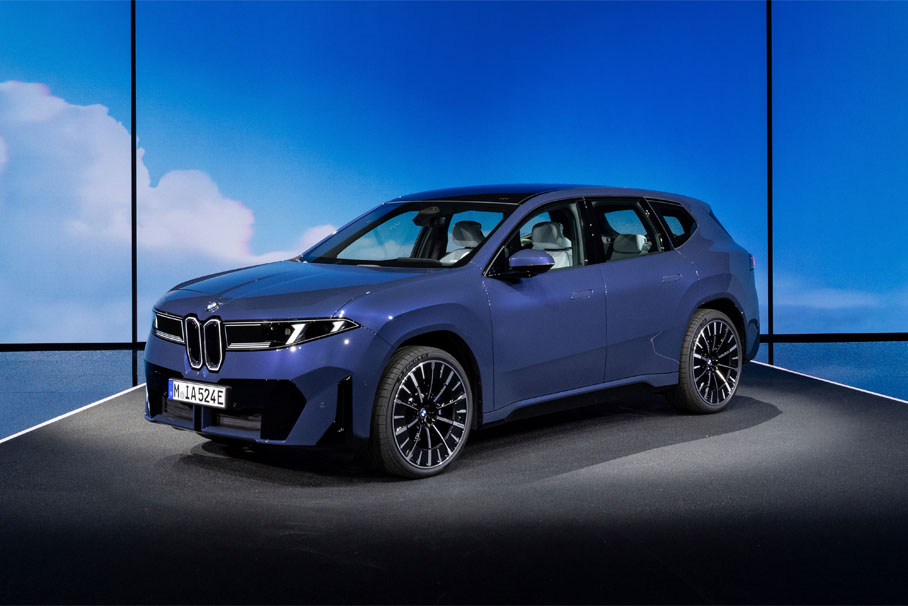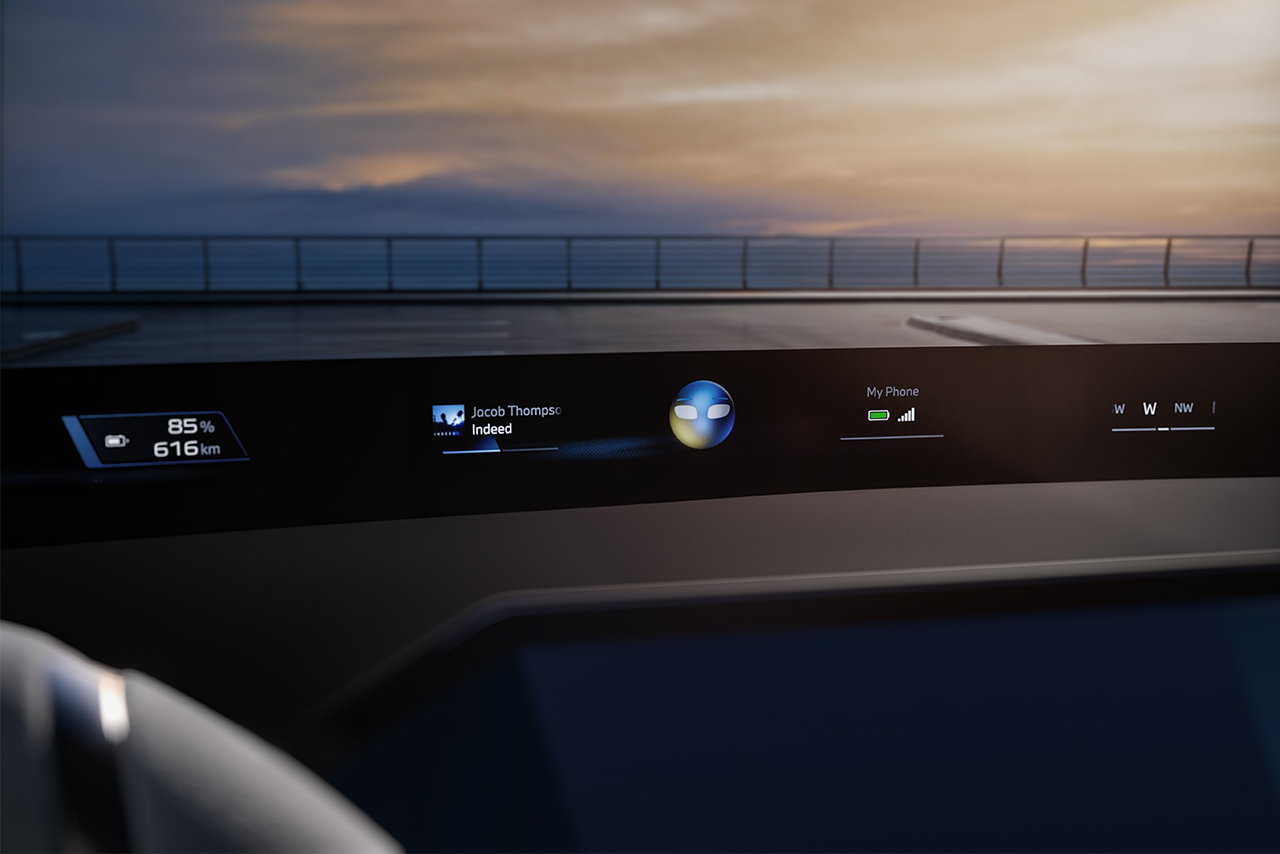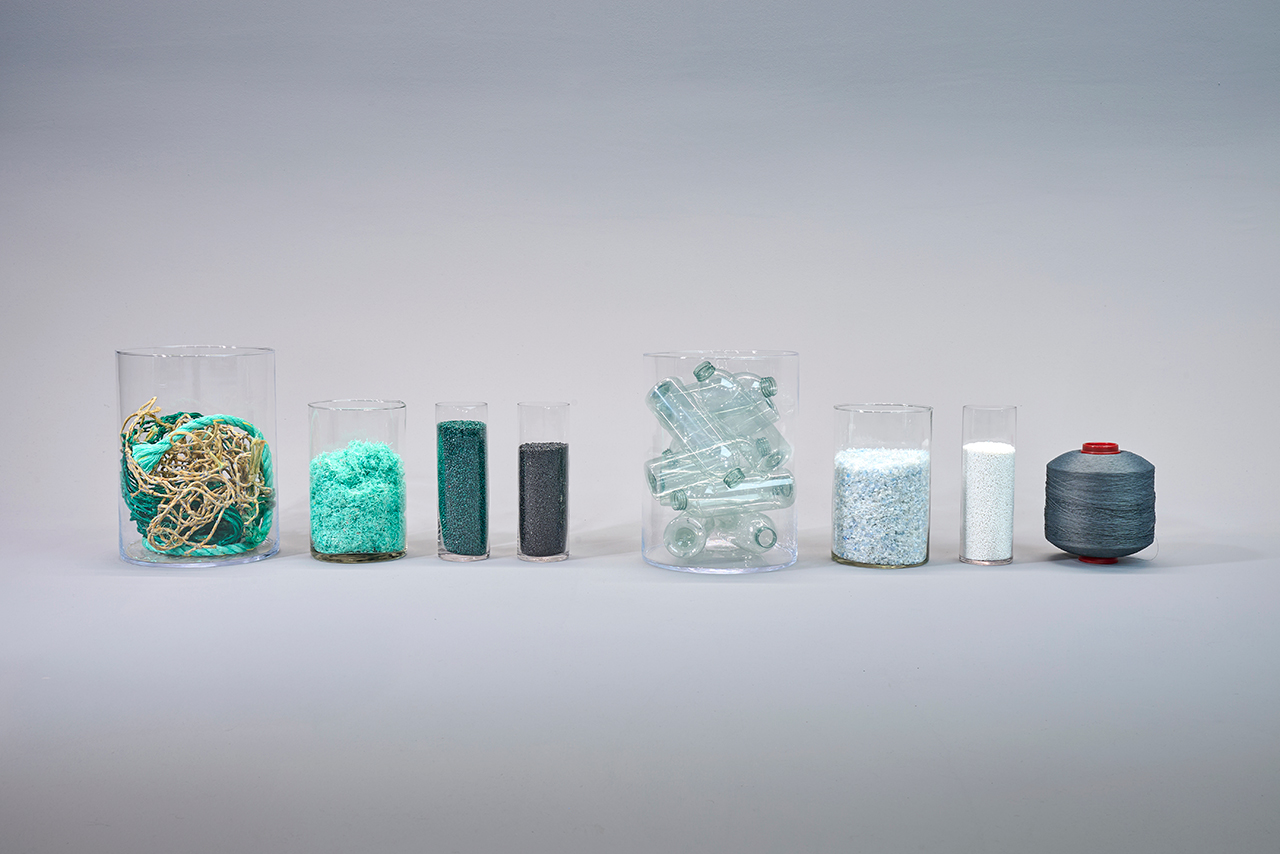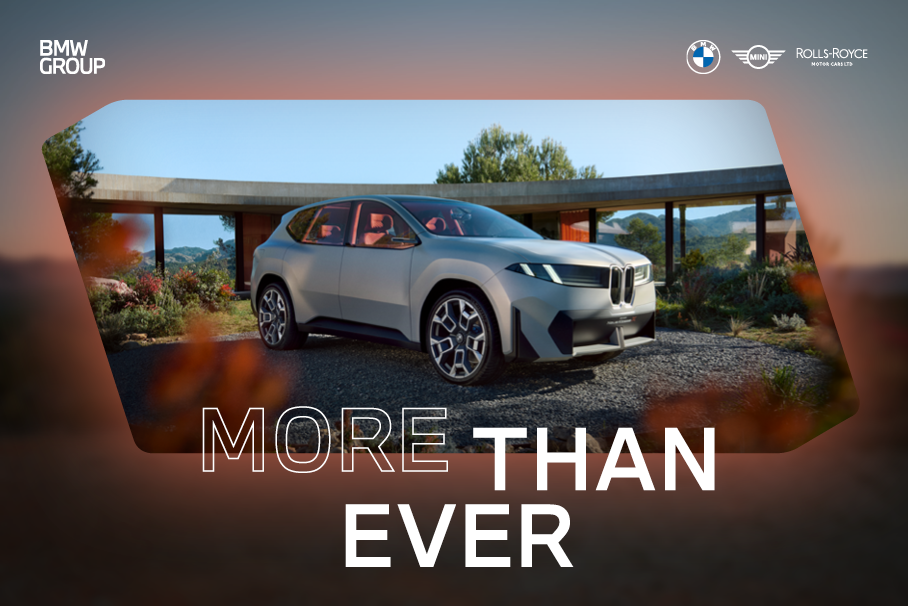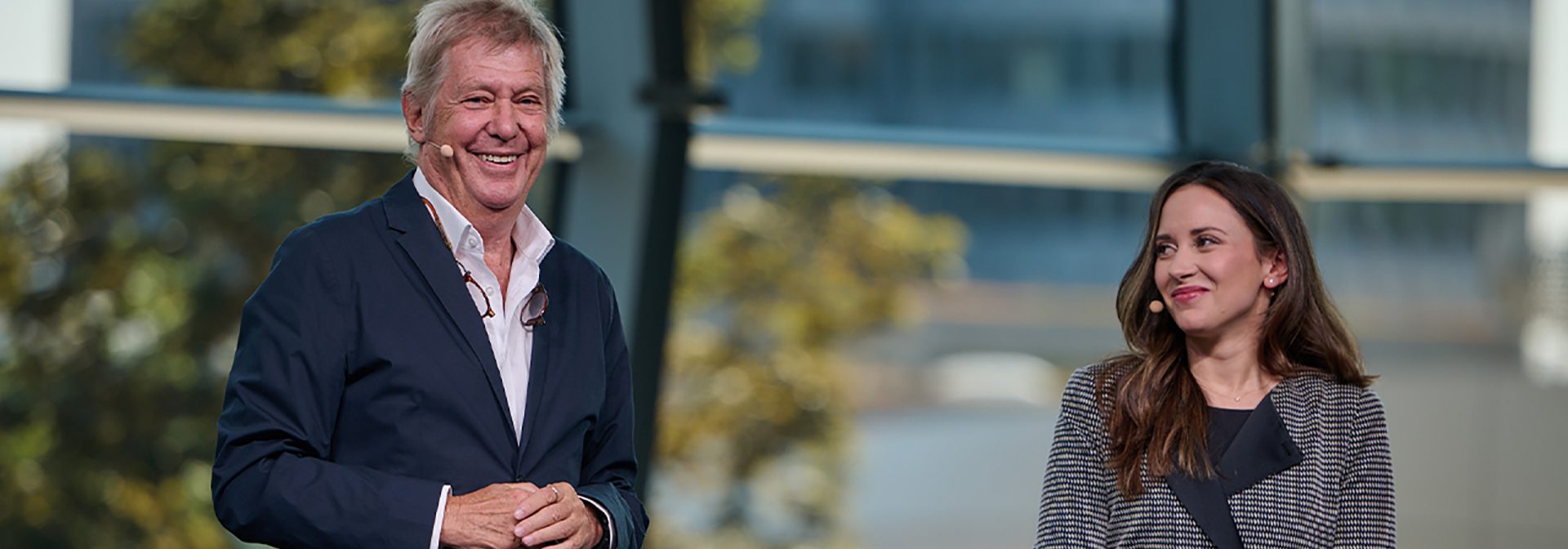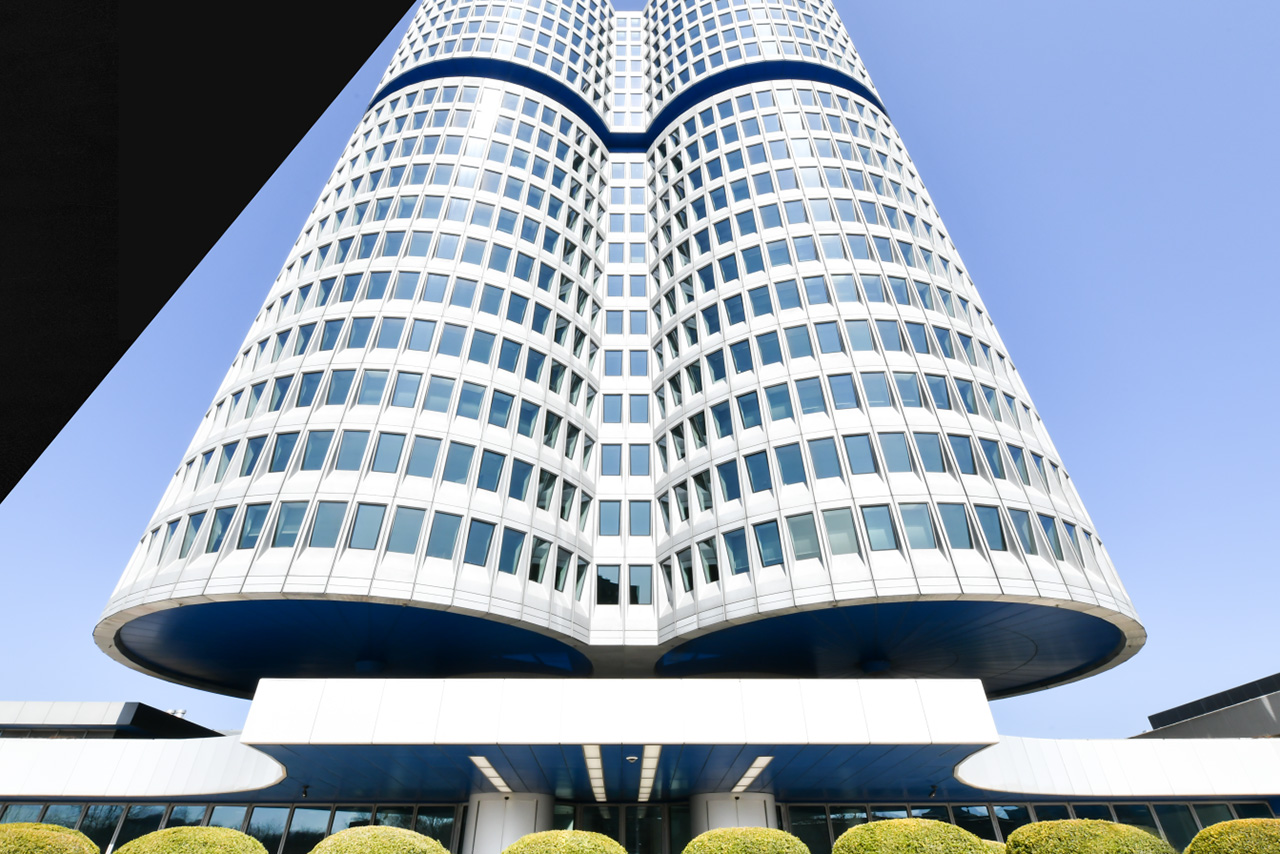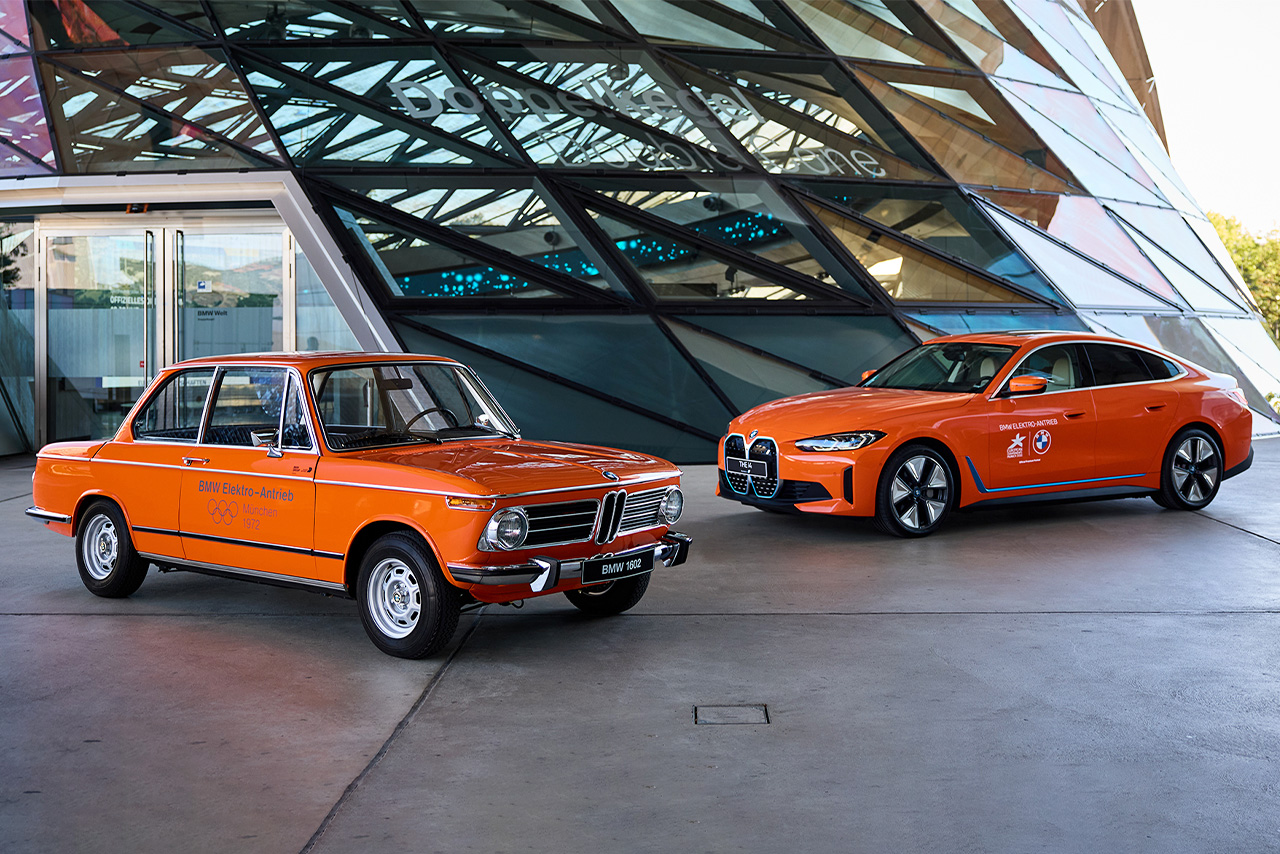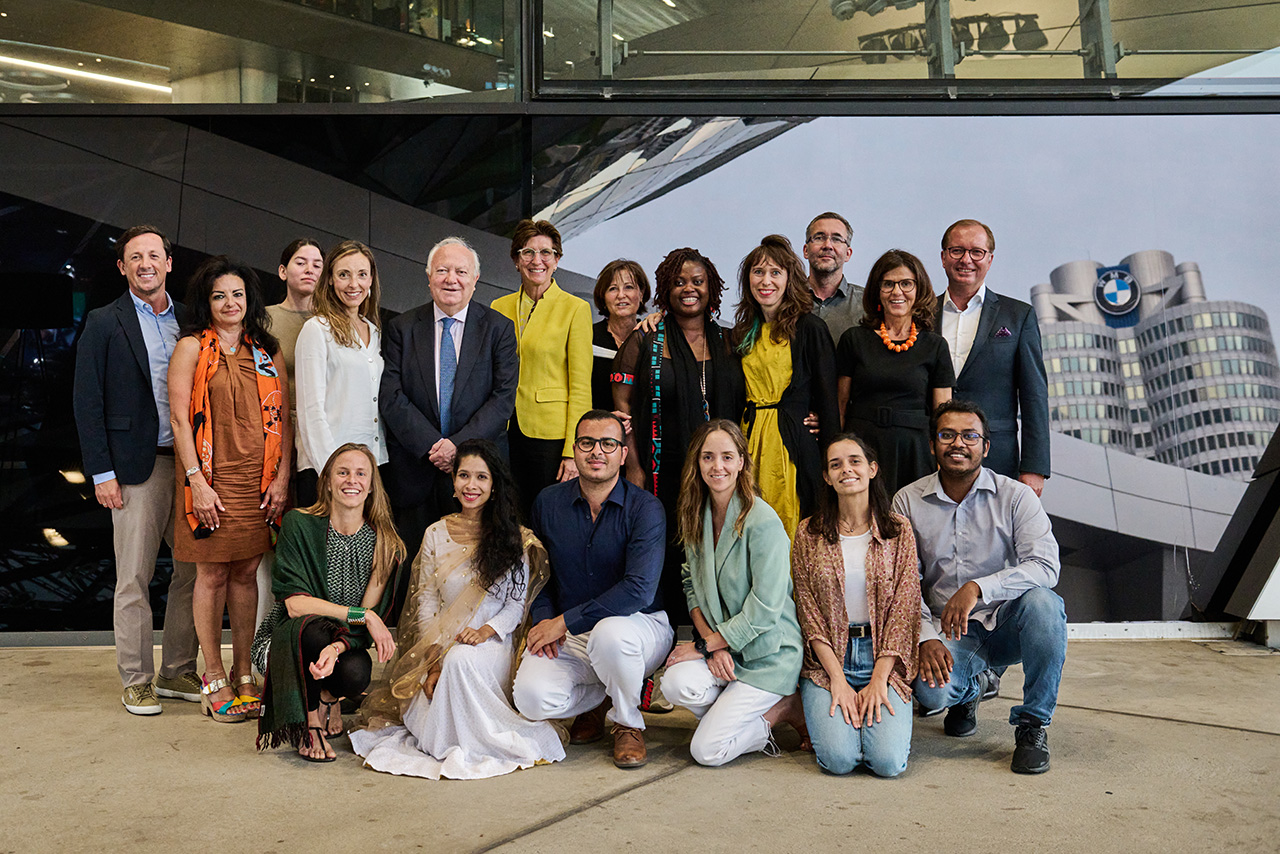Wolf D. Prix is not just the architect of the BMW Welt, he is also one of the best-known architects worldwide. His firm Coop Himmelb(l)au realises residential buildings, cultural centres and company headquarters around the globe. For the BMW Welt in Munich, he placed a large, expressive form alongside Karl Schwanzer’s four-cylinder BMW Headquarters and the BMW Museum. In an interview with the architecture publicist Alexander Gutzmer, he explains why we need bold architecture that makes a statement.
Mr Prix, with the BMW Welt, you formulated a striking architectural statement which now congenially complements Karl Schwanzer’s iconic four-cylinder building. In your opinion, what is the overall role of iconic buildings in today’s construction culture?
Wolf D. Prix: In a word, identification. Striking, iconic buildings give people the opportunity to identify with something and thus give them a feeling of home. That applies both to residential buildings and cultural or other representative buildings. Whole cities can be described based on their core architectural constructions. That doesn’t mean that every building has to strive towards the status of a building icon. But without such strong architectural statements, we lose something. That said, this doesn’t just apply to churches and palaces – not just to buildings for princes and priests.
Okay, let’s talk about the cityscape of Munich. This is strongly influenced by the BMW Headquarters and BMW Welt. Is that actually a good thing?
Prix: Yes, because both of them found a positive, optimistic expression for this city. Karl Schwanzer was my professor for building design in Vienna. He and I understood the commission from BMW as a call to our generation to design architecture that doesn’t just work technically and economically, but also gives an emotional impression of what architecture is capable of. A building that is built from the top down – the name Himmelb(l)au also relates to that.
Such confident individual buildings are often accused of having a lack of awareness and of ignoring their context. Can such expressive examples of architecture relate to one another?
Prix: That is exactly what they do. The BMW Welt takes the opened axis with the skyscraper and the bowl of the museum a step further. In a certain way, I even see the name BMW represented here in an abstract way: the BMW Welt with its double cone is the B, the tower is the W and between them, the bowl is the M. And the integration continues. With our roof construction and the shape of the roof, we also included the roofs of Olympiapark.
Looking towards the future, do you think that we will continue to need such expressive, singular buildings? The zeitgeist seems to be going in another direction – people are talking a great deal about context, social cities, further construction, etc.
Prix: Of course we will still need bold architecture that makes a statement, that doesn’t come across as banal. Future, education, progress: these are all important concepts that need to be realised as architecture. We have to signal that we are entering a new period.
What is the role and responsibility of architects today?
Prix: The same as it was 100 years ago: to create space. To create persuasive, inspiring, liveable space. That is our expertise. That is what architects are trained to do – at good architecture schools, at least. It is clear that the space has to function, that it has to be adapted to the climatic conditions too. But it needs to have an expression that fascinates people and holds their attention. That’s what the BMW tower and BMW stand for. It holds people’s attention – it was designed to receive 800,000 visitors per year, and today several million visit.








